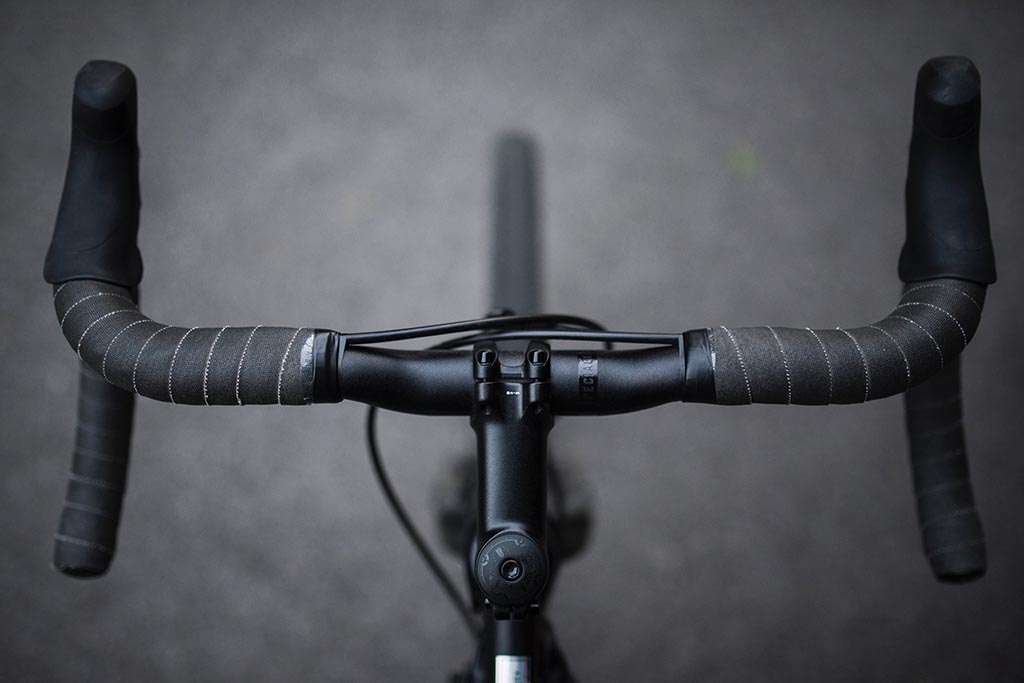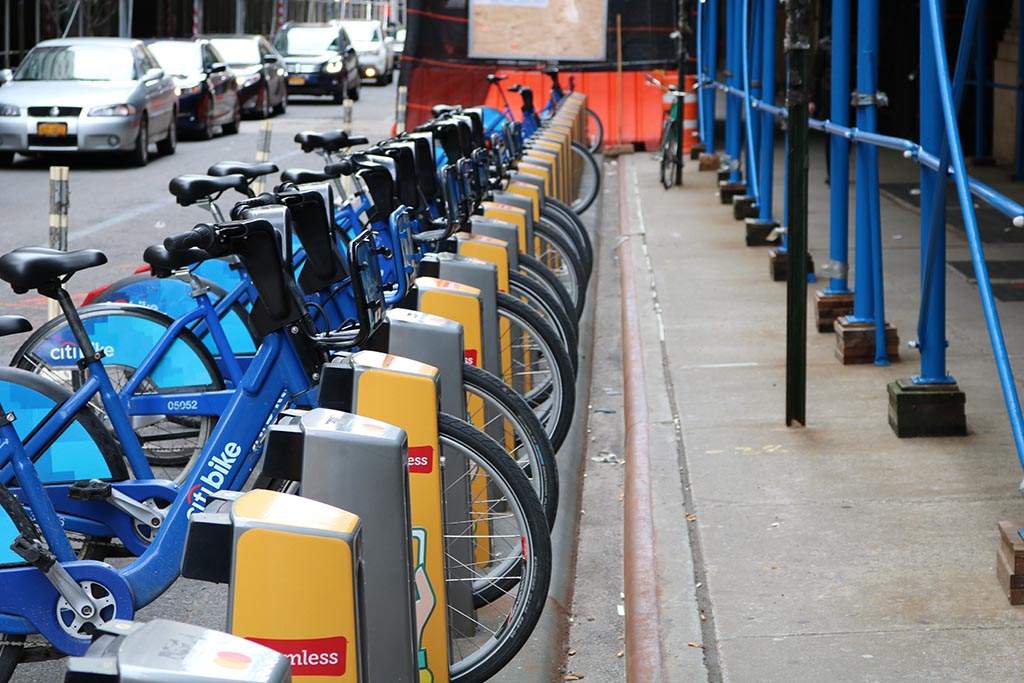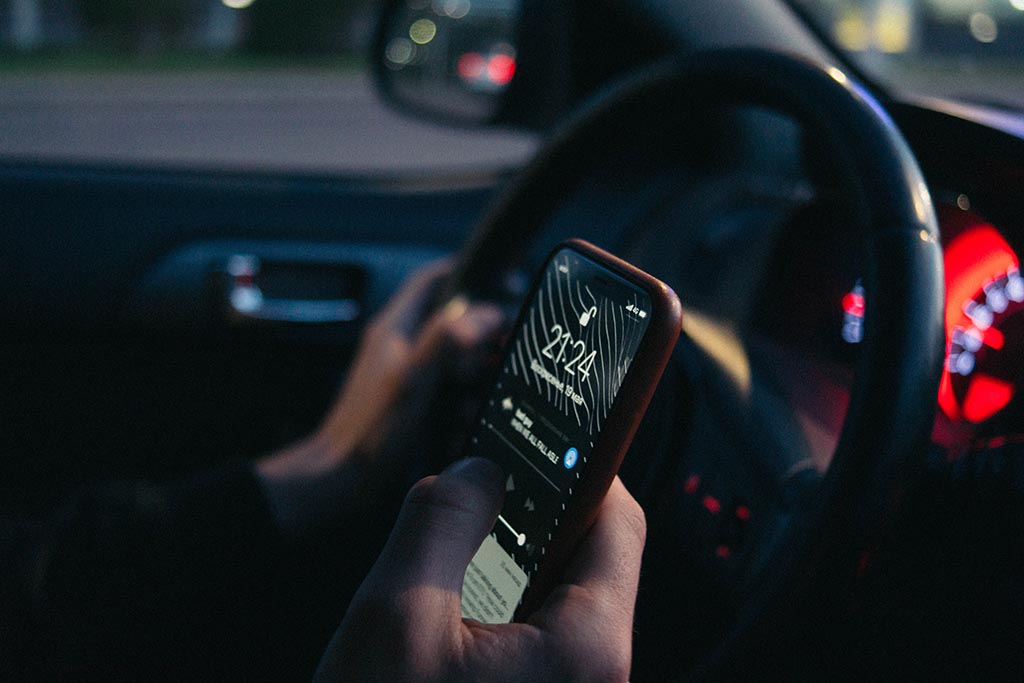The reality is sobering. Even as the number of people killed in car accidents across the past decade has dropped and even as traffic accident fatalities dropped in 2013, the number of people killed in bicycle accidents continues to rise. Clearly, there’s more that we could be doing to keep more bicyclists safe.
Fortunately, many automakers are now tapping on technology to reduce the risk of accidents involving cars and bicyclists. Jaguar Land Rover, for instance, is currently experimenting with a project on bicycle safety. Recently, the automaker released the results from a study that specifically looked at how motorists can be encouraged to respond to bicycles in the shortest possible time. In the Bike Sense program, the system uses a combination of lights and sounds, or vibrations that alert the driver when he is at risk of hitting a bicycle. For example, when the motorist opens the car door, and is in danger of injuring a speeding cyclist, the door handle will vibrate to alert the driver.
This is not the first time that an automaker has experimented with technology to help reduce the risk of accidents involving pedestrians and bicyclists. In 2013, Volvo introduced its Cyclist Detection system that includes a combination of sensors and a camera in the rearview mirror to warn a motorist of a pedestrian or bicyclist in his path. The system automatically applies the brakes, if it detects a pedestrian or bicyclist. The technology is currently available on 7 Volvo automobiles.
Volvo, already a front-runner in technology that is geared at keeping pedestrians and bicyclists safer, has now teamed up with a Swedish company and Ericsson to enable cars and bicycles to committee to each other.
The future of bicycle safety definitely lies in technology. If you have been injured in a bicycle accident, you could recover compensation for your damages. Speak to a California bicycle accident attorney.











